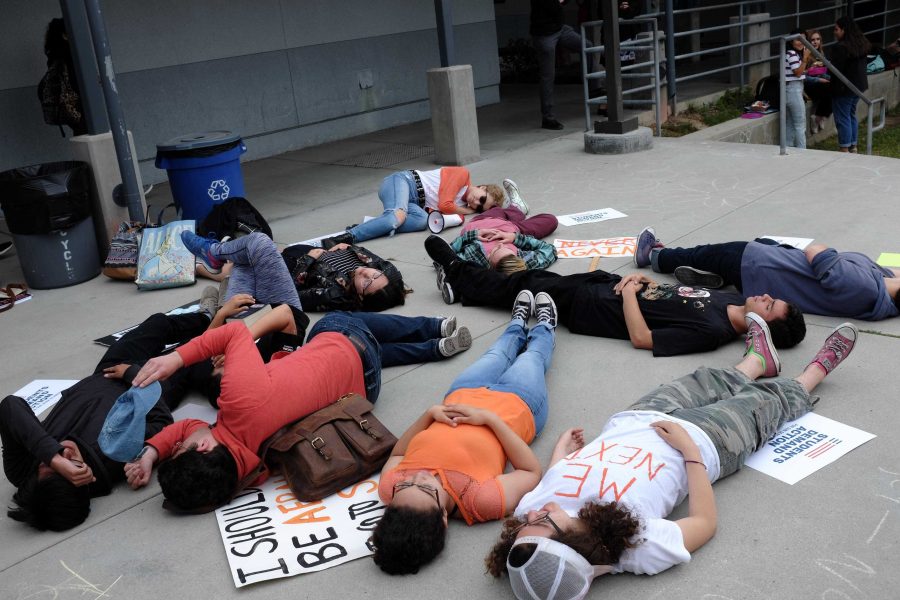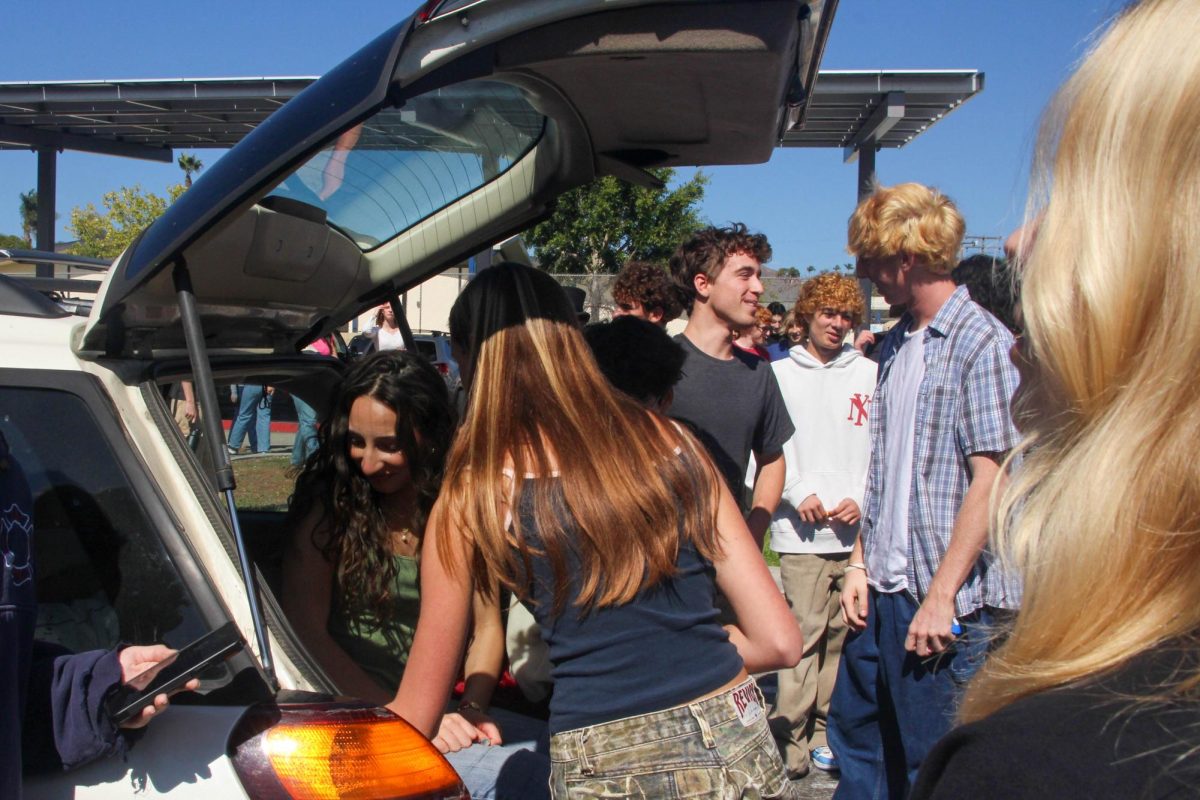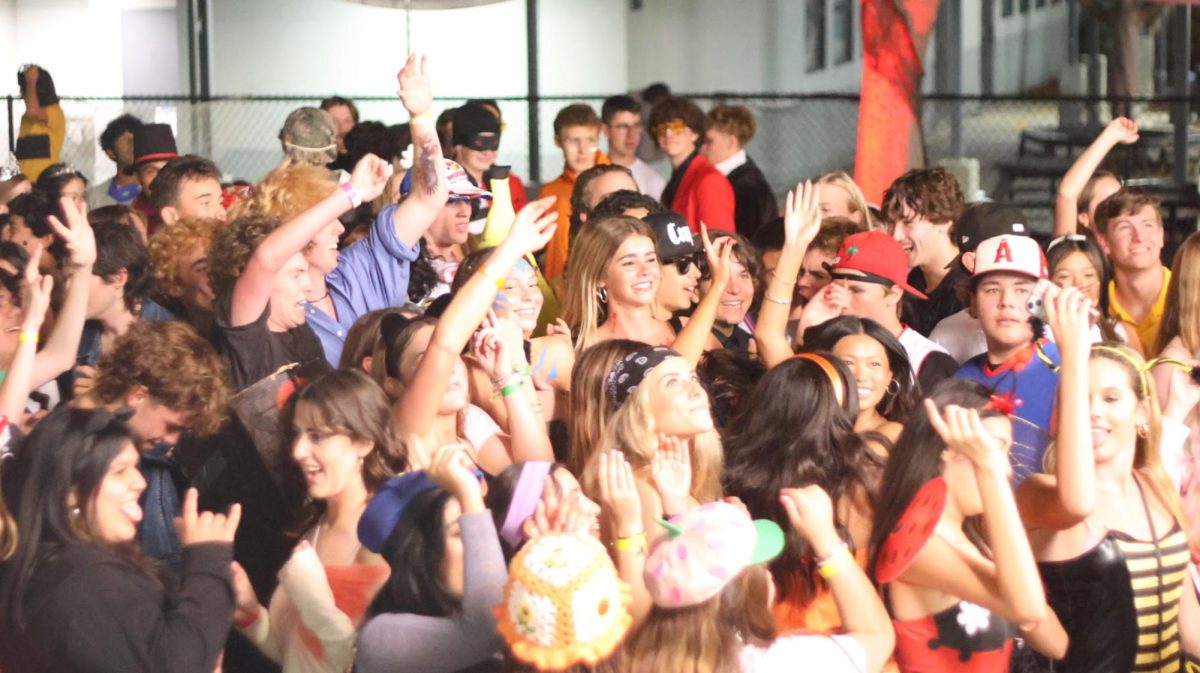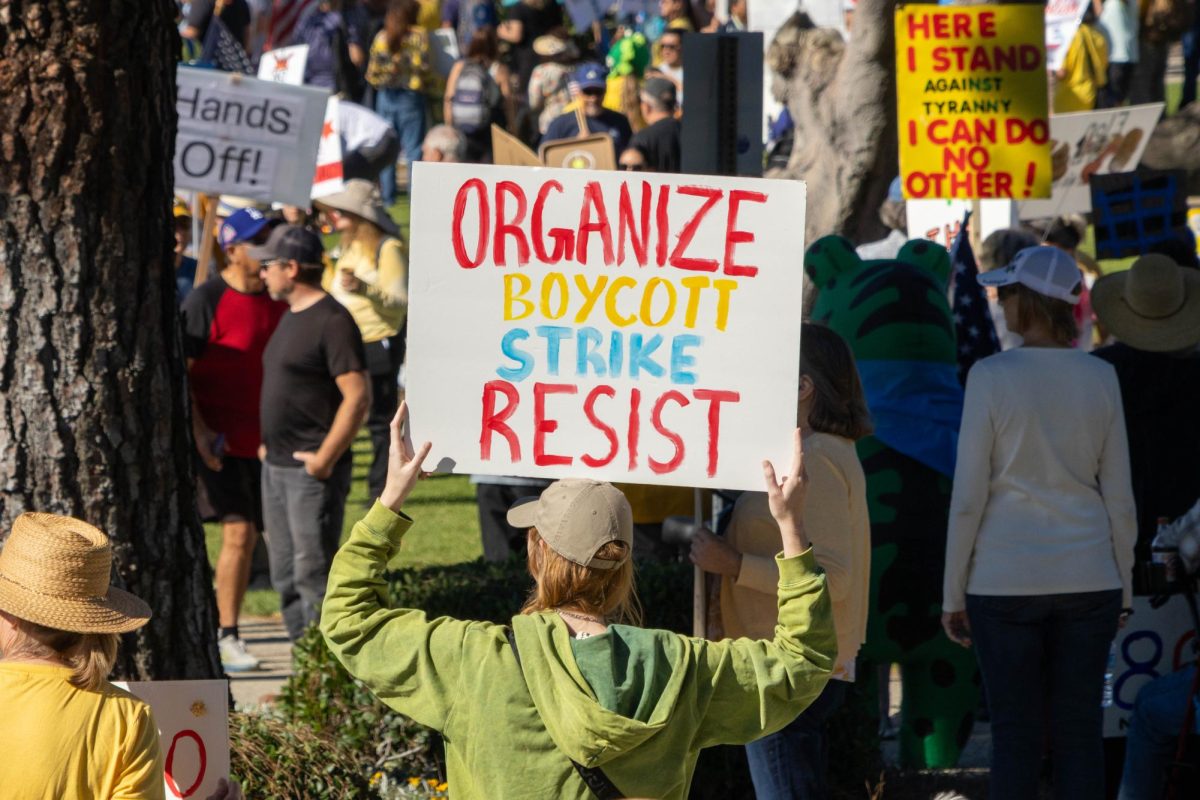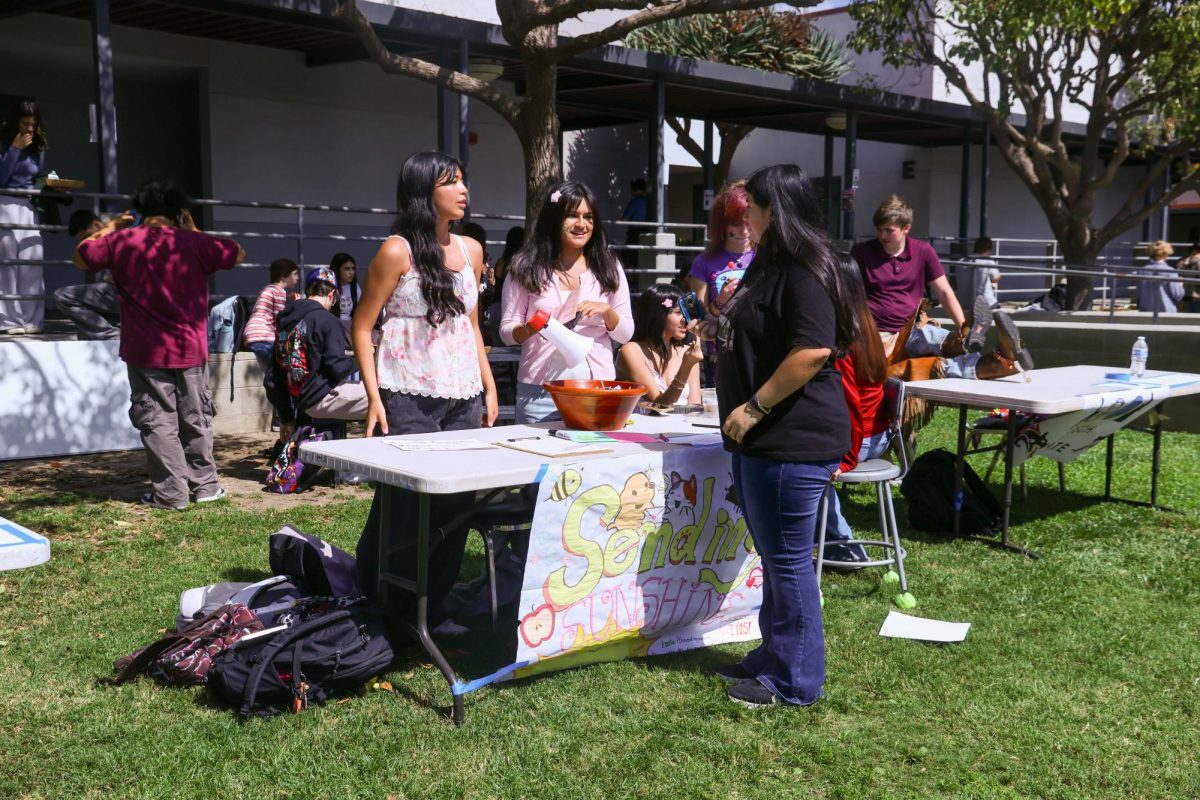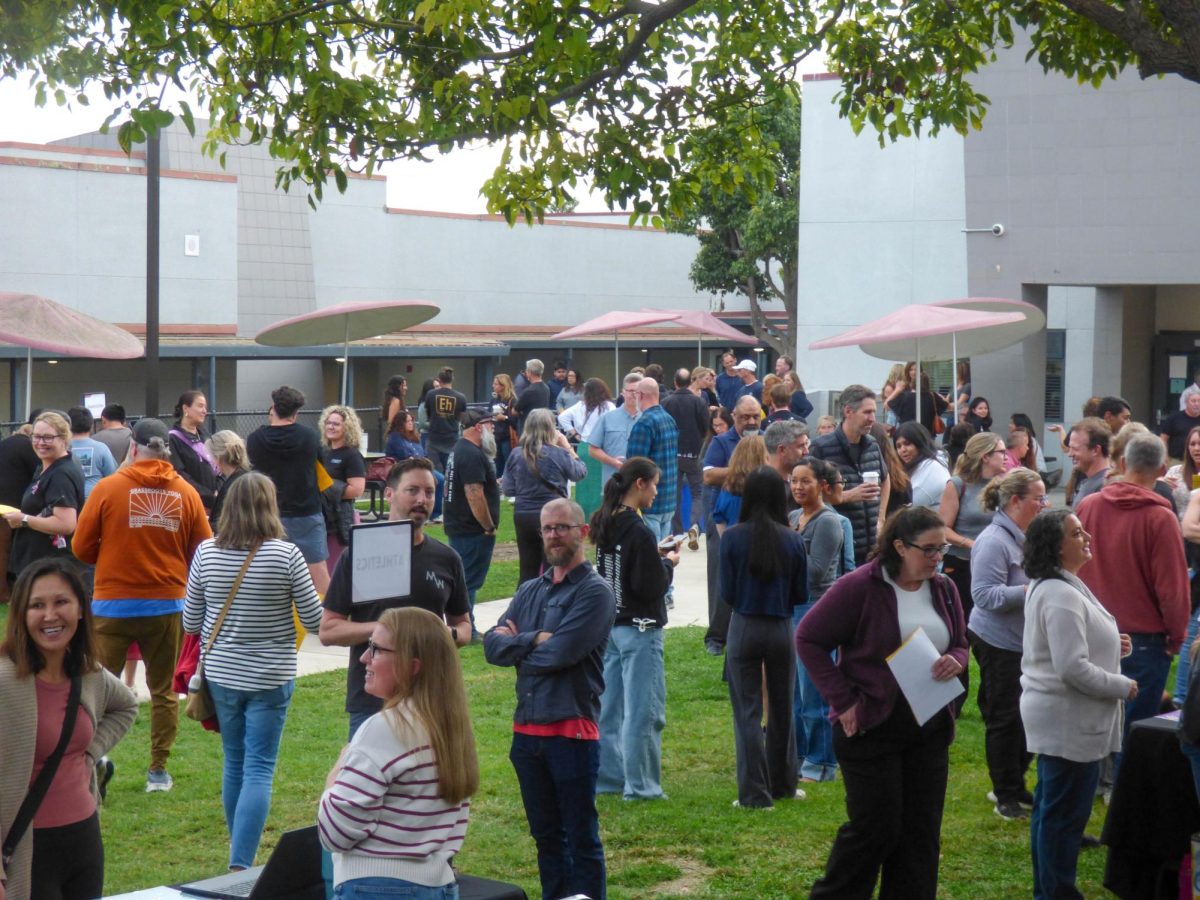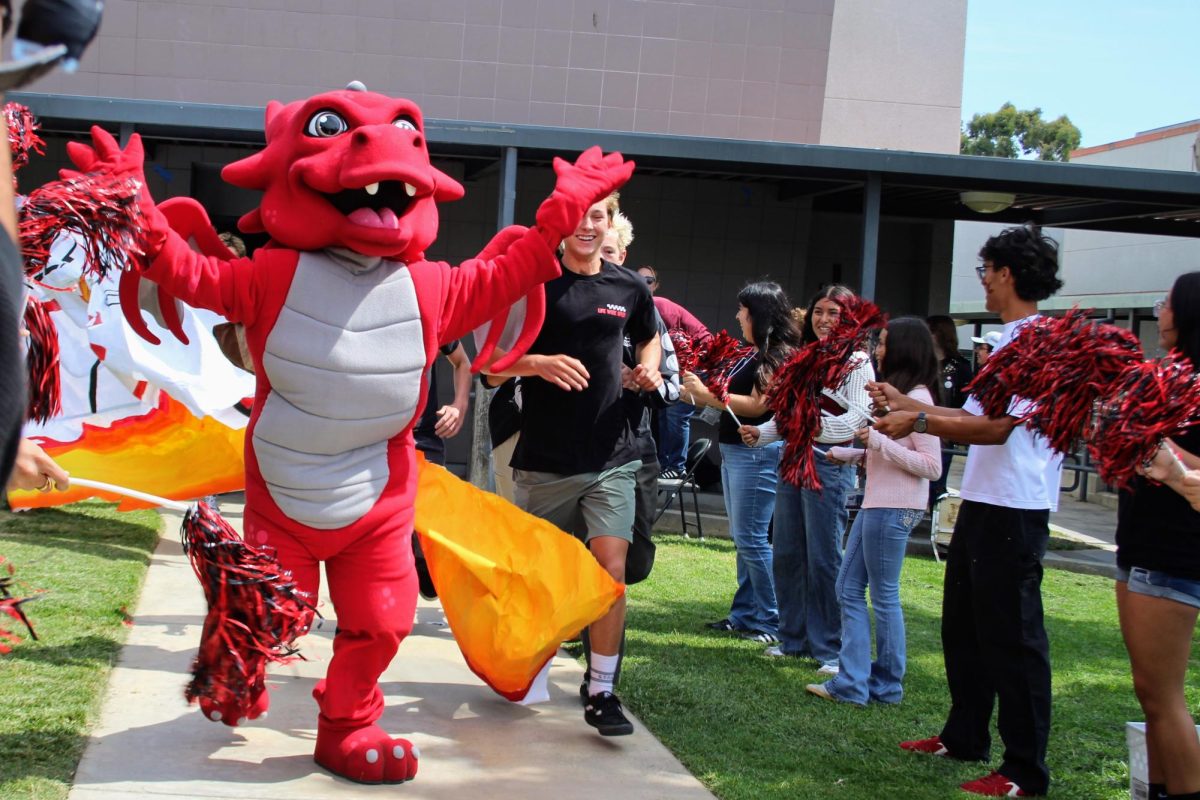The most recent of a seemingly endless series of school shootings convulsing the nation occured on the morning of May 18, leaving 10 dead and 13 wounded. Though not the first, the shooting at Sante Fe High School in Texas was the worst since the Parkland, Fla. massacre, which took 17 lives and injured 17 more.
The shootings have ushered in an unprecedented storm of activism by students at Foothill and across the nation. The activists intend to expand the gun control movement by strengthening gun laws and commemorating the lives lost in these atrocities.
On behalf of the National Association of Students Against Gun Violence, Hannah Yale ‘20, who also spearheaded Foothill’s recent walkout to honor the Parkland victims, decided to approach the commemoration of the lives lost in Texas differently; she chose to organize a “die-in,” a form of nonviolent protest to “honor the victims of the Santa Fe shooting,” as well as to attract attention to the severity of the school shooting epidemic.
To begin, Yale made an introductory speech, inviting those who were interested to participate on the stage. She was followed by Audrey Feist ’20, who called for everyone “to stand in solidarity with those who lost their lives” in the shooting.
Following this, 10 students bearing signs with inspiring slogans laid down on the stage for 10 minutes, to symbolize the 10 lives taken in the massacre.
Trinity Durborow ‘19 believes that the purpose of this die-in is “to not only bring attention to the need for gun control after the Santa Fe shooting, but additionally in memory of the 10 people that died.”
“If you’re standing in solidarity with other schools, […] it makes it more impactful,” she said.
However, Durborow believes that promoting change in gun laws should involve more direct action.
“I would think that actually going out, walking to our City Hall, bringing Congresspeople there and having them talk to us, and having people there so we can sign up to vote [… is] more impactful,” Durburow said.
Yoanna Soliman ‘19 agrees, because even though she thinks the memorial is “a great idea,” in terms of “for political change,” more direct involvement is necessary.
Based on their reactions, the student body received the die-in very differently than the other protest Yale put on. As Yale and fellow protestors stepped out onto the stage and proceeded with the die-in, confused stares, “boos” and mockery met their act of remembrance.
Yale and her peers were disturbed by the disrespectful reactions and felt like those who sat idly by and condoned such ridicule were “losing their humanity” by undermining the tragedies.
“I’m not upset that they’re making fun of me; I’m upset that they’re interrupting this thing where we’re trying to honor people who have died for no reason,” she said.
Although some didn’t take the event seriously, others chose not to participate while also acknowledging the message.
“It’s kind of tasteless or a bit dramatic to frame [one]self as a dead body in terms of activism, but they’re not being disruptive and they’re doing it in their own time,” one student said. “I think all activism should be allowed as long as it is not hurting anybody else.”
Yale wishes that people would get over their differences and acknowledge the gravity of the issue at hand.
“Show up. Pay your respects. People are dying,” Yale said. “It doesn’t matter if you’re a Democrat or a Republican—we’re all people.”


